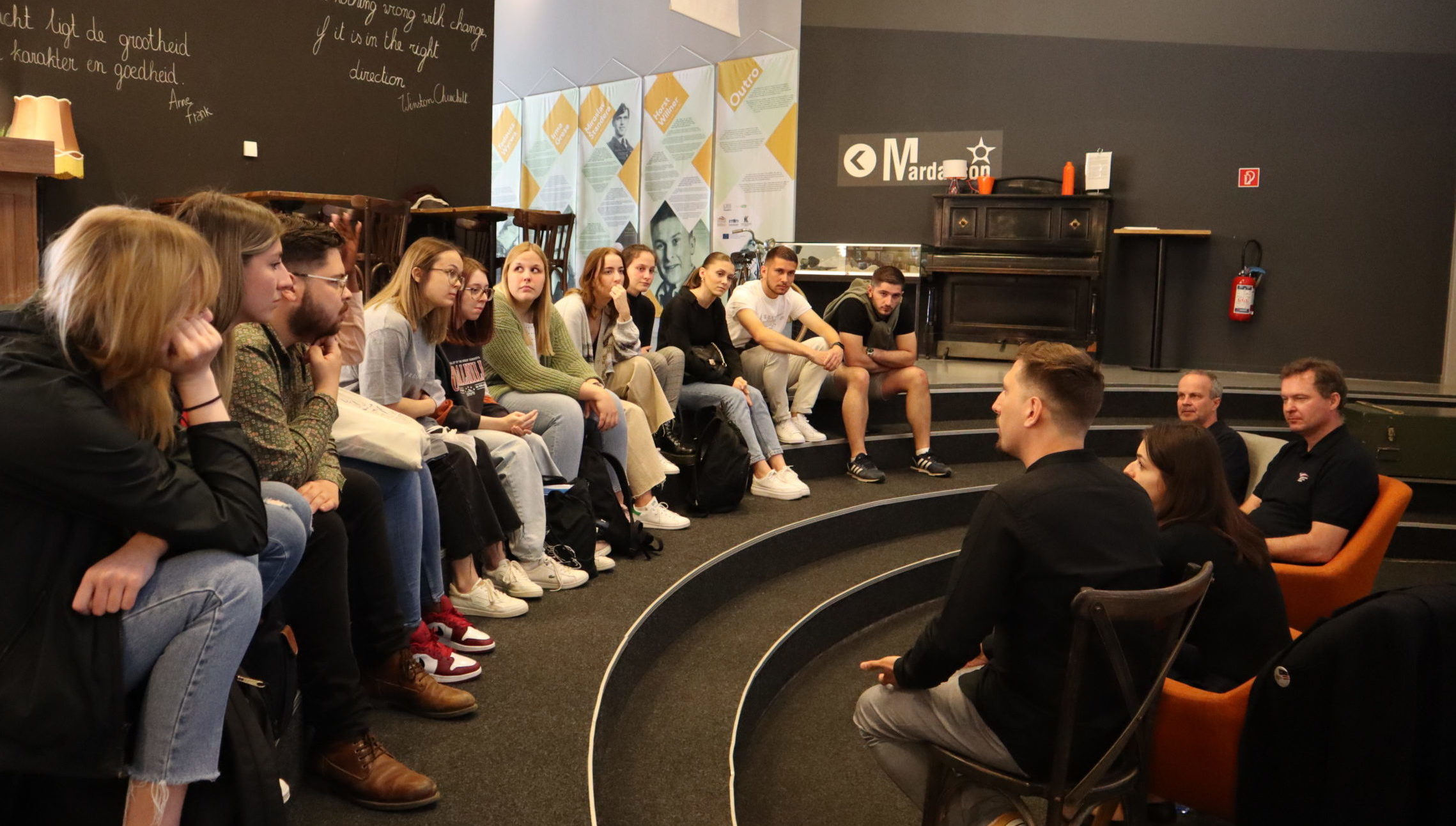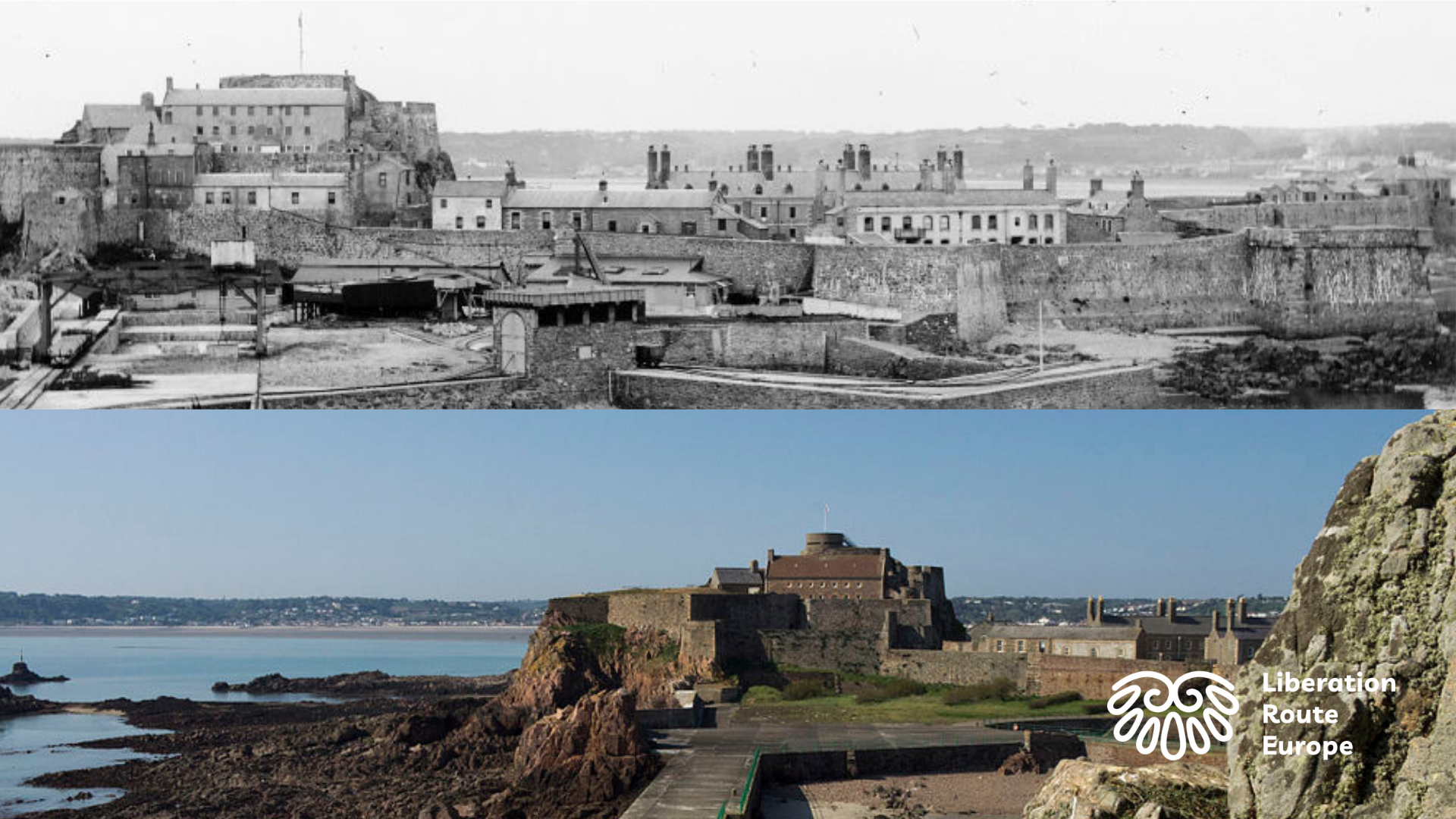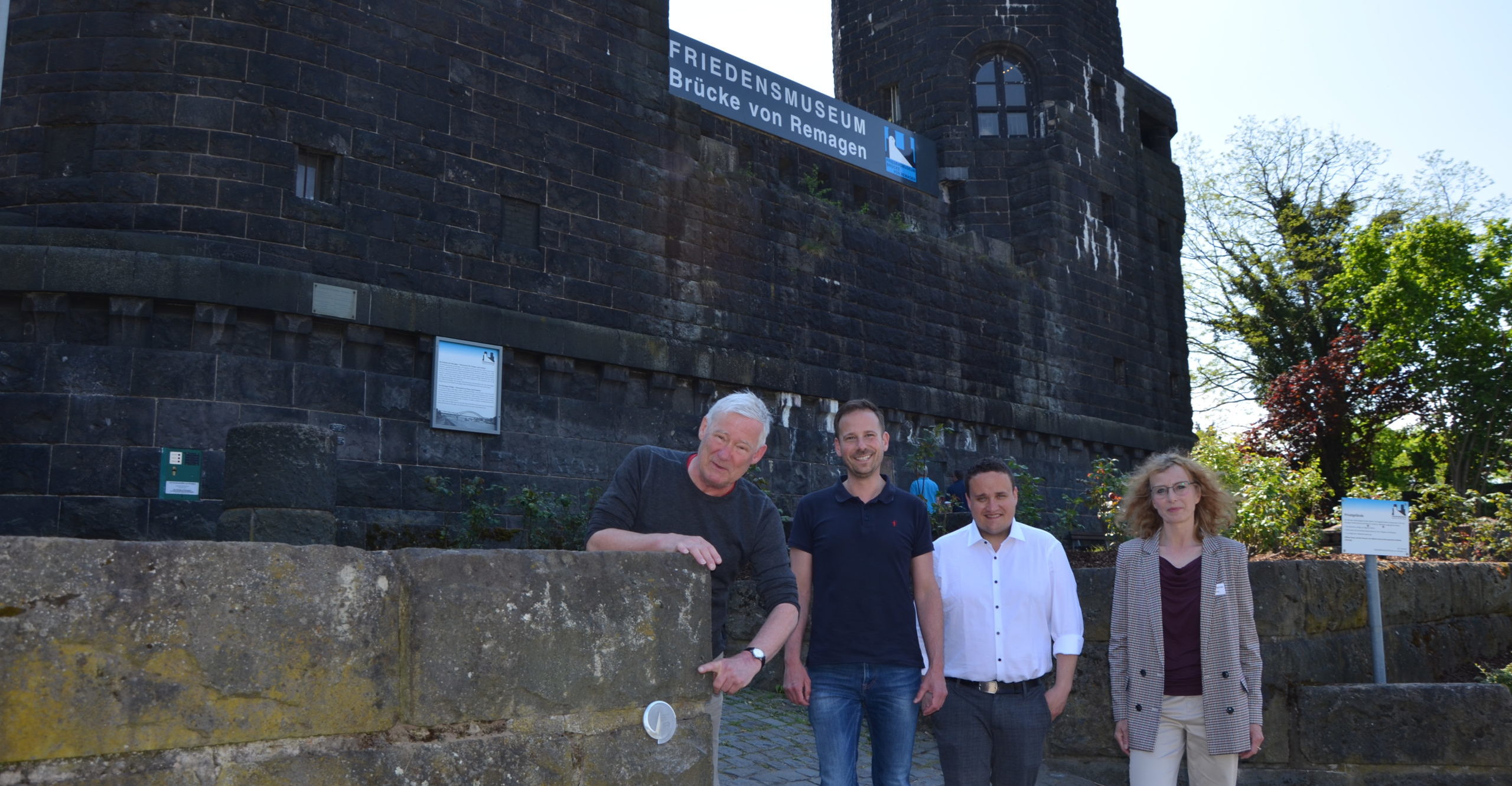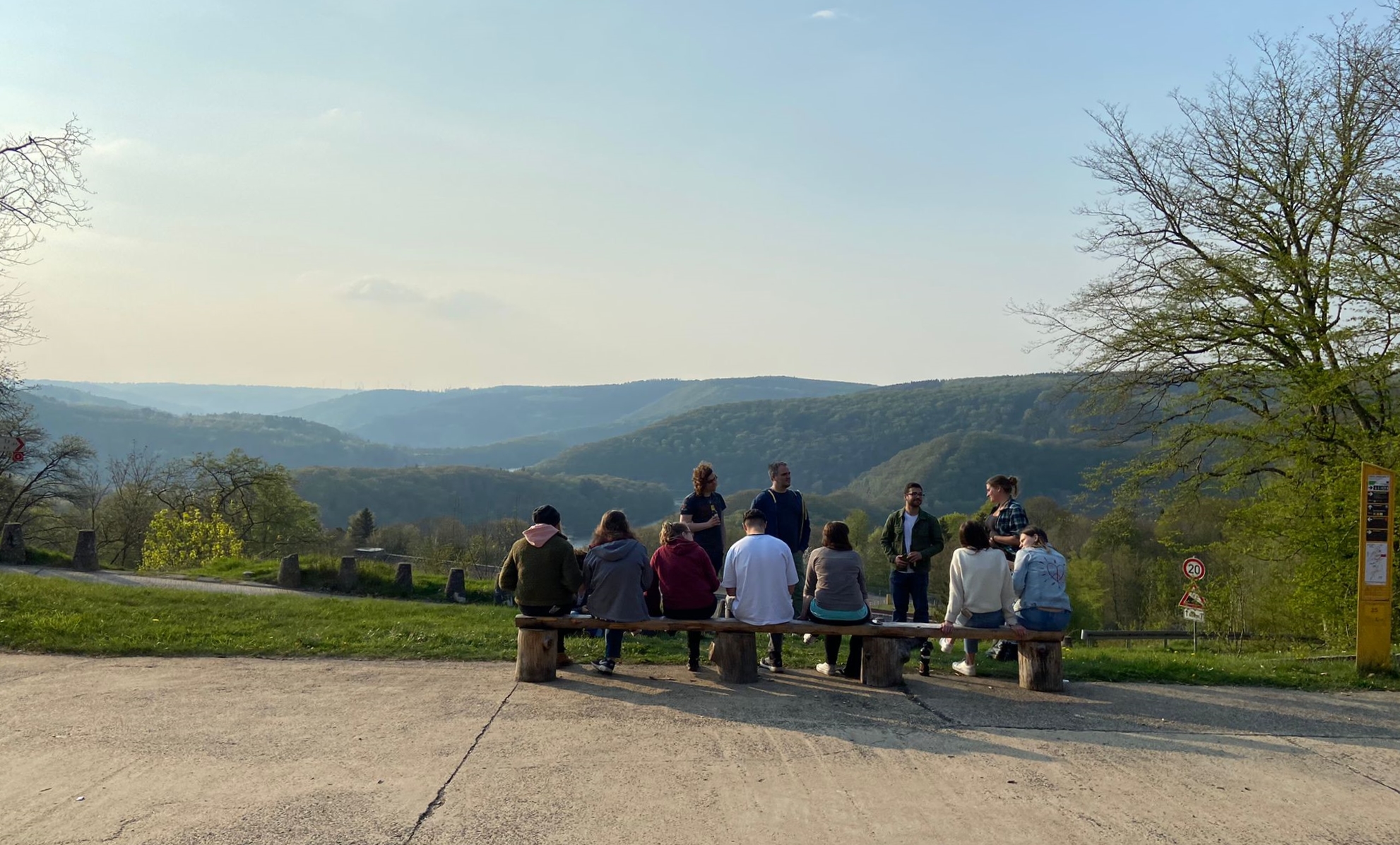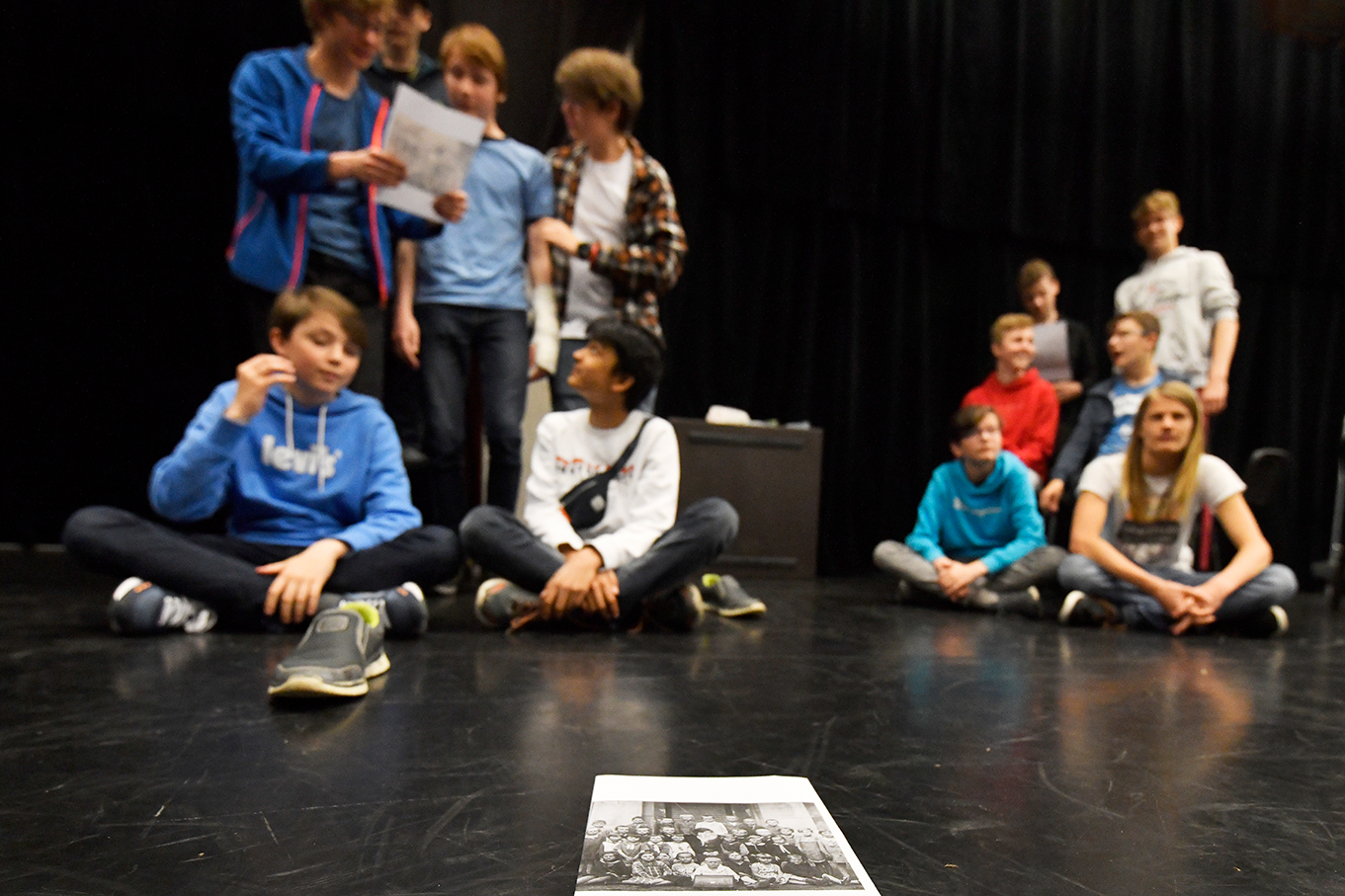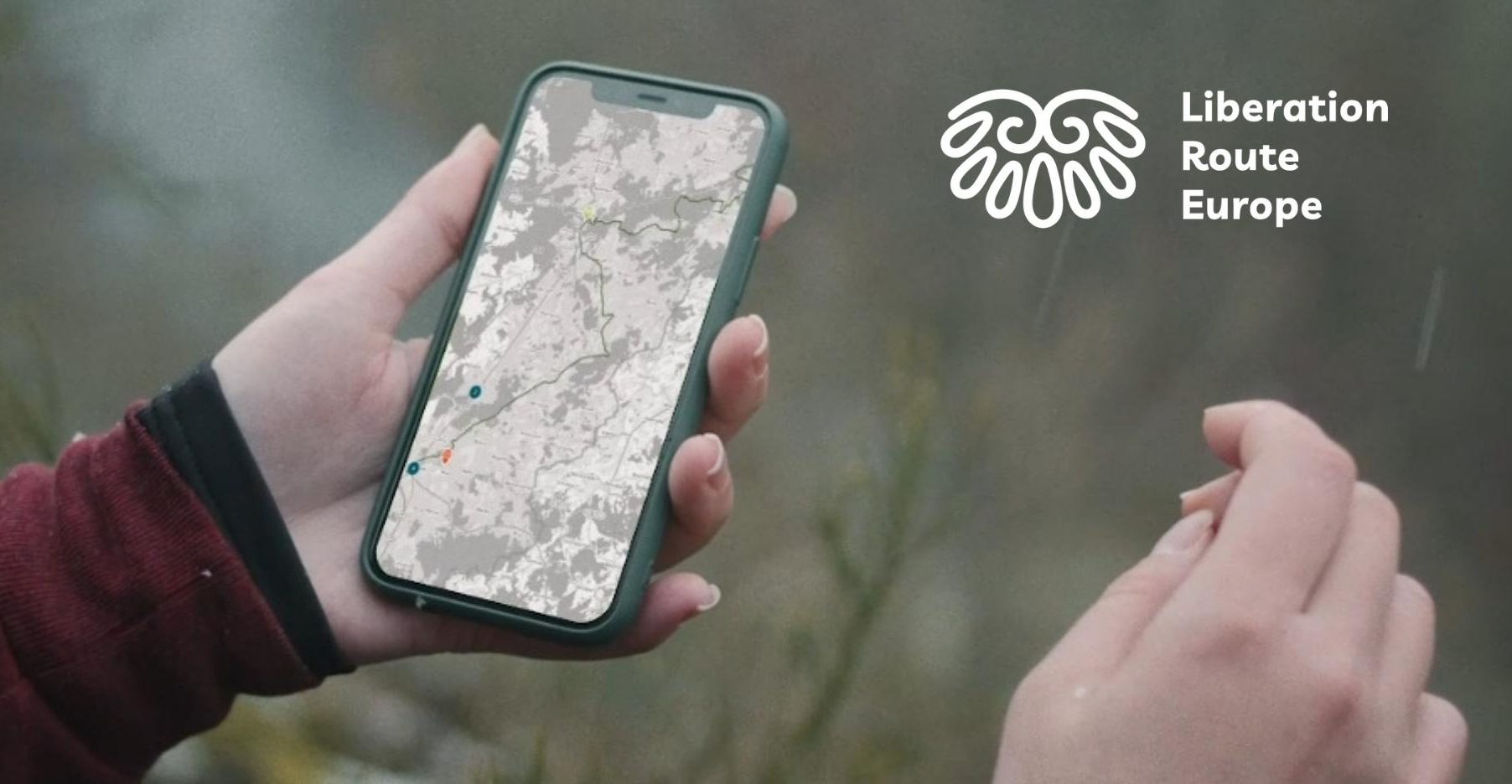Throughout the first half of 2022, many new ‘Vectors of Memory’ have been installed across Europe with many more to be unveiled later this year. These important way markings along the Liberation Route Europe have been erected thanks to the hard work of the members of the LRE Foundation and the financial support of our key partners.
The ‘Vectors of Memory’ were designed by Daniel Libeskind as a family of monuments that serve both as physical embodiment of the Liberation Route Europe and to provide wayfinding along the new hiking trails. In total, Daniel Libeskind designed four types of ‘Vectors’ that would be recognisable across Europe (from largest to smallest): Remembrance Site Vector, Crossroads Vector, Wall Vector, and Floor Vector. More information on Daniel Libeskind’s concept can be found here.
In the Netherlands, this year new Crossroads Vectors were unveiled in the village of Vught, the Commonwealth War Cemetery Uden, Freedom Museum Groesbeek, city of Wageningen, Airborne Museum Villa Hartenstein, German War Cemetery in Ysselsteyn, and city of Apeldoorn. Later this year Crossroads Vectors will also be installed in Arnhem, Nijmegen, and the villages of Mesch and Wilp. In addition to the aforementioned Crossroads Vectors, over 15 Wall Vectors and 40 Floor Vectors have been installed this year at various locations in the Dutch provinces of Limburg, Gelderland, and North Brabant thanks to the financial support of various partners including the vfonds, Mondriaan Funds, Province of Limburg, Province of Noord-Brabant, Province of Gelderland, Province of Zeeland, Airborne Region, and Airborne Beer.
The first ‘Vector of Memory’ in France was presented to the Region of Normandy during the LRE Forum in April 2022. In Belgium, a Wall Vector was presented to the Bastogne War Museum during the ‘EASTory Through Their Eyes’ Youth Conference.
In 2021, the Embassy of the Federal Republic of Germany sponsored the production of 130 Floor Vectors as part of larger financial support for the development of the Liberation Route Europe hiking trails and new website / mobile applications. The Floor Vectors are in the process of installation at various locations throughout Europe. This included the first German ‘Vector of Memory’ unveiled in May at the Peace Museum – Bridge at Remagen.
Rémi Praud, Managing Director of the LRE Foundation, expressed, “We are very grateful for the enthusiasm our partners across Europe have shown to further develop the Liberation Route Europe by adopting and installing a ‘Vector of Memory’. I am sure that in the upcoming years, many more Vectors will unveiled across Europe.”

